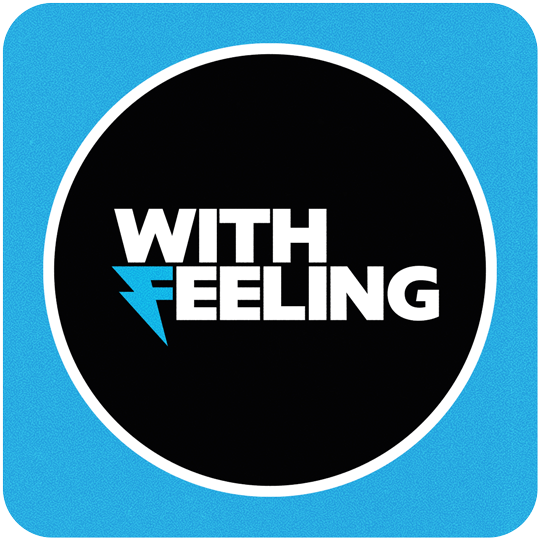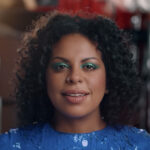How Sonic Branding Can Make Your Brand Speak Volumes
How does Sonic Branding benefit your brand?
Nokia's ringtone, AOL's "You got mail" sound, and Disney's intro theme will be familiar to '90s kids. A sound can instantly transport you back in time, even for a millisecond. 63% of millennials and 65% of Gen Z believe audio enhances their experience of situations, according to Spotify's Culture Next Report for 2021.
iPhone ringtones and dishwasher noises are surefire ways to catch your attention. Consequently, brands are shifting from asking audiences to look at screens to asking them to listen. In the last month, 73% of Americans 12 or over listened to online audio, up from 68% in 2021. Artificial intelligence is being used by more brands to generate realistic-sounding voices for ads and content by 2026.
With the evolution of the industry, brands must reach audiences in the way they want. It is important for brands to take advantage of audio in a metaverse that is both socially vibrant and dynamic: "Audio allows brands to navigate and communicate in an environment that is socially vibrant and dynamic, as well as provide immersion and credibility."
Sound platforms enable brands to reach highly-receptive audiences and enter multibillion-dollar markets. Your logo and social media posts should reflect your sonic identity. Using sonic experiences to reach out to your audience in new and meaningful ways will be explored here, along with what sonic branding is and why it matters.
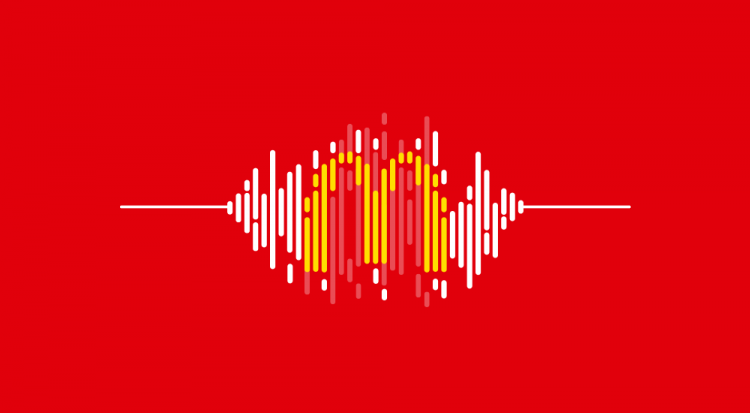
What is the process of sonic branding?
Sound branding or audio branding is the use of sound to identify your brand. There are many elements in this song, including rhythm, song, tone, cadence, voice, and silence. A suite of harmonious sounds is often considered a sonic brand rather than a jingle or a sonic logo, according to Daniel M Jackson.
A Pop Rocks ASMR sound, a Sharpie's squeaky scribble, or Rice Krispies' snap, crackle, and pop instantly bring a product to mind.
By using sonic triggers to grab listeners' attention, sonic branding can create meaningful connections through sound. When you're starting out as a self-creator, entrepreneur, or just starting out with a brand, it's vital to consider the sound associated with it. Companies of all sizes need branding.
Sound identity should reflect your brand's voice and visual identity, as well as your core values and purpose. In order to identify your sonic brand identity, ask yourself the following questions. Would you like your brand to be technologically savvy and forward-looking or organic and naturalistic?
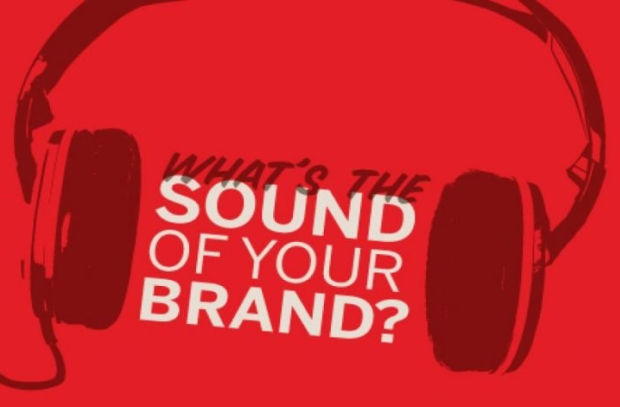
Incorporating sonic branding into your marketing strategy
The emotions we experience in response to sounds are universal. The first thing you do when you hear a fire alarm is to get out of the house. Do you react to a storm on the beach, birds chirping, or a crackling fireplace? What does it feel like to hear a song on the radio that instantly brings back memories of your ex? When certain sounds are repeated, echoic memories are formed because acoustic information (sound) is stored.
How Sonic Branding Can Make Your Brand Speak Volumes
You will be able to retain customers by giving them a sound that reminds them of your product or service. Sonic branding can boost brand recognition and loyalty.
Sound can be used to create a 360-degree brand experience. In order to create a brand, you need to understand your audience, and sonic branding can help you do that. It is important to remember that both sound and music can influence a user's experience, as well as their mood and feelings, when watching a "how-to" video.
Rebranding or refreshing a brand can also benefit from sonic branding. The NBC chime, for instance, has been associated with the brand since the 1930s. The sound mark, as well as the iconic and colourful peacock logo, have been updated numerous times over the years. By maintaining a strong sonic identity, you can update your products while maintaining customer familiarity.
Sonic branding is one of the most effective ways to shape a customer's experience despite the fact that all branding efforts elicit emotional responses. Unmistakable Cisco hold music can also become part of pop culture, intertwined with music, or even become viral on TikTok.
Sound-on campaigns on TikTok increase brand awareness by 2.2% compared with ads without sound. According to the Kantar Report for TikTok for Business in 2021:
For brands looking to break through, be heard, and spread their message worldwide, TikTok takes sound to a whole new level. To create a message that resonates and gets results, businesses must take a sound-first approach. Rather than curating video content around specific songs or sounds, TikTok curates video content around specific songs or sounds."
In addition, 33% of young adults prefer brands that have a sonic identity. In order to cultivate emotional connections with audiences, brands must re-invent themselves and be where their audiences are.
What are the benefits of sonic branding?
Consider how sonic branding fits your visual aesthetic. You can bring your brand story and messaging to life with your sonic identity. Audio branding can be used in the following ways:
Podcasts
Vlogs
Any video or audio content
Recorded advertisements
Scriptwriting and voice artistry
Social media
Radio and streaming audio
Playlists in brick-and-mortar stores
Curated playlists
Customer service hold music
Website interactions or button clicks
Product sounds and design
Remember, with enough exposure, these sounds will become part of your consumer's subconscious.
There are many benefits to branding with sound
You can trigger an emotional response in your customers by selecting the right music or sound. In John Lewis Department Store's Christmas commercials, for example, we are almost guaranteed to cry because they appeal to our emotions around the holidays, reinforcing the brand's association with happiness and family.
The McDonald's "I'm lovin' it" jingle was made famous by Justin Timberlake in 2003. As a result of the "baa da ba ba baa" vocal hook, it has become the brand's catchy slogan as well. This jingle was used during a brand transformation to refresh the brand's perception, reach new audiences, and restore its image. This company's longest-running marketing campaign evokes a youthful, happy feeling (and a craving for fries).
How Sonic Branding Can Make Your Brand Speak Volumes
(Physically and metaphorically) consumers are constantly bombarded with noise. Having a sonic brand that cuts through the noise makes it easier for consumers or visitors to hear (and see and feel) your company.
In the same way that friends prefer what they know, most of us are more comfortable with what we are familiar with. The likelihood of your customers purchasing your brand increases if they know it already. The late George Costanza once described himself as "like a jingle for a television commercial.". This is initially annoying. Once you listen to it a few times, you get accostemed to it. It's a song you hum in the shower. Several dates later, 'Buy Mennen!'"
Increase brand trust: Similar to familiarity, and exposure helps build trust. For example, sounds of your brand will provide audible cues to customers, and likely drive brand recall and instills trust.
Added assets to the brands identity: Your brand identity is your business's visual and non-visual aspects. From your logo and colour scheme to your typography and colour palette, outlining your sonic identity in line with your brand collateral will strengthen your overall brand identity.
As well, every audible touchpoint should reflect your brand identity holistically. Sonic identity goes beyond a sonic logo or sound. Brand communication and user experience are integrated with recognisable and strategic sounds.
"Sonic branding is the audio equivalent of your brand's username," says entrepreneur and author Gary Vaynerchuk. The audio tag will eventually conjure up the intended feelings surrounding the brand if it is played alongside advertisements or content that matches the brand's positioning."
A more interactive experience can be created by integrating sound into your branding. It increases the likelihood that people will seek-and, more importantly, share-your music if people hum it or if it trended on TikTok.
Sonic branding examples
HBO
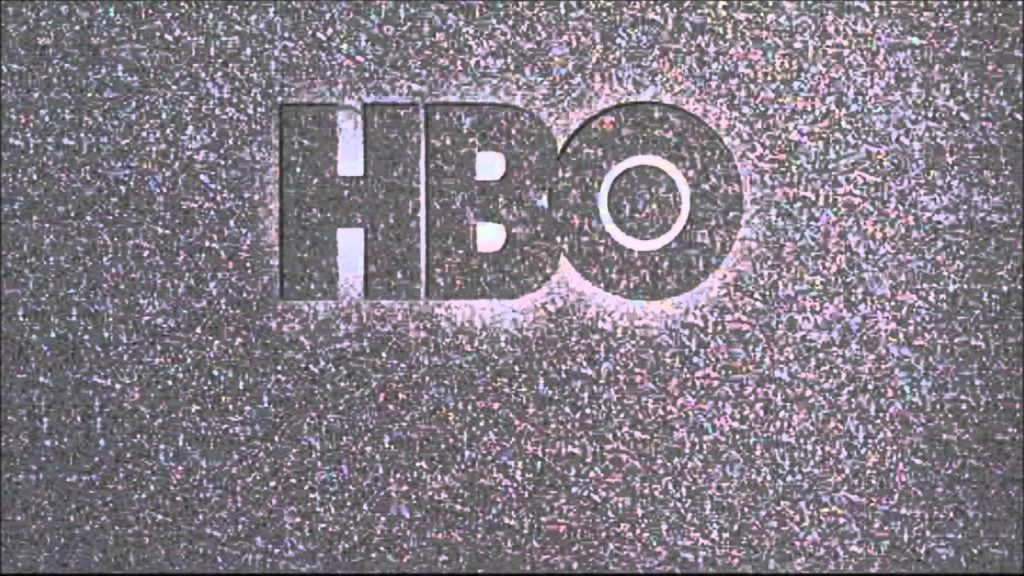
Since its launch in 1993, HBO's opening sequence (officially known as the static angel) has created an almost Pavlovian response to entertainment, cueing viewers to relax and enjoy. So, what TV show intro do you hear right after hearing the sound? As a result of HBO's branding, many entertainment companies, including Netflix, have started using their sonic logos ("tudum") to introduce their content.
Intel
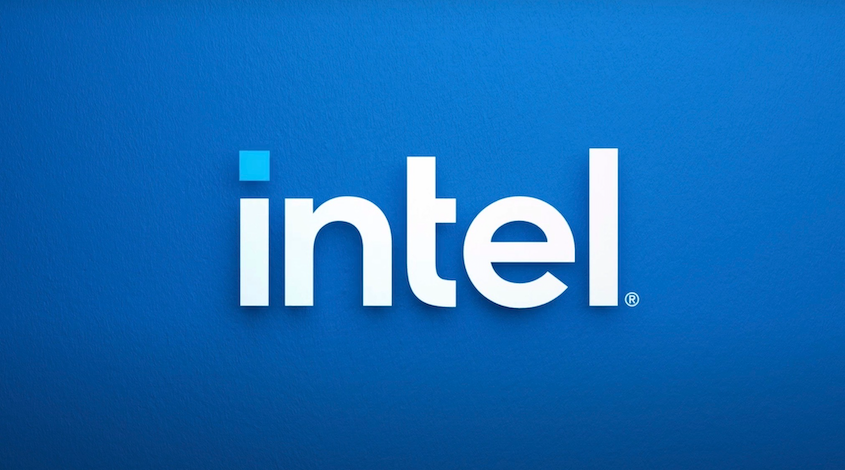
As one of the original trailblazers, Intel's sonic identity, first used in 1994, is considered among the best and longest-running sonic logos. Since Intel manufactures the internal components of computers and devices, its brand recognition is impressive.
How Sonic Branding Can Make Your Brand Speak Volumes
Intel's sonic identity combines innovation with simplicity and timelessness. Additionally, the brand created a sound that can be easily re-recorded, repurposed or refreshed. This distinctive sound would still be recognisable even when played with other instruments, sounds, or versions.
When Intel unveiled its updated brand identity in 2020, including a new version of its famous "bong sound" sound logo, they were able to leverage the meaningful associations they've established with its audience.
Mastercard
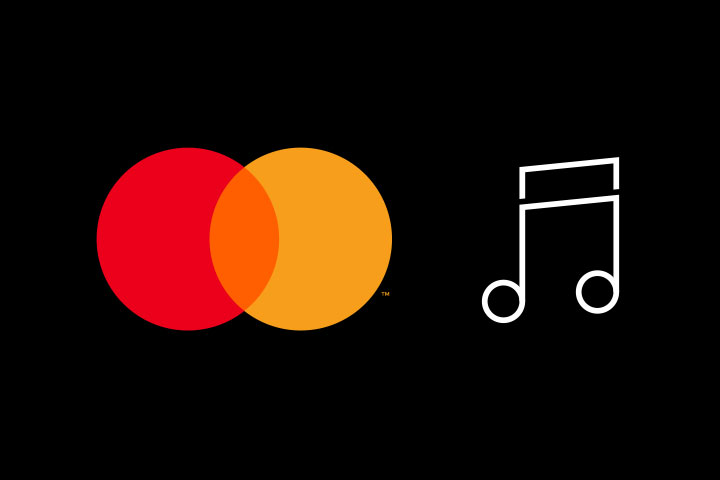
A good example of how a brand can build trust through sound is MasterCard's sonic branding. Despite the importance of its visual strategy, the brand has developed an audio strategy that reaches customers' minds and hearts through other senses—the sense of hearing, according to Chief Marketing and Communications Officer at Mastercard. "Sonic identity adds a whole new dimension to the customer experience,"
When Mastercard launched its sonic brand identity, it created a "comprehensive sound architecture that signifies the latest advancements of the brand." It serves as their iconic red and yellow circle logo and reinforces their brand at every interaction, just as their iconic red and yellow circles logo.
Karo Pharma
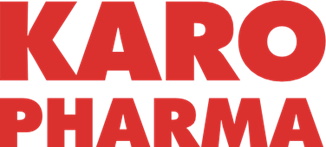
A creative sound agency, collaborated with Stockholm-based Karo Pharma to create a new sonic identity designed to add depth and emotion in ways that words and images cannot. Simple, direct, and uplifting, the result is in keeping with the company's health-driven mission.
Singapore Airlines
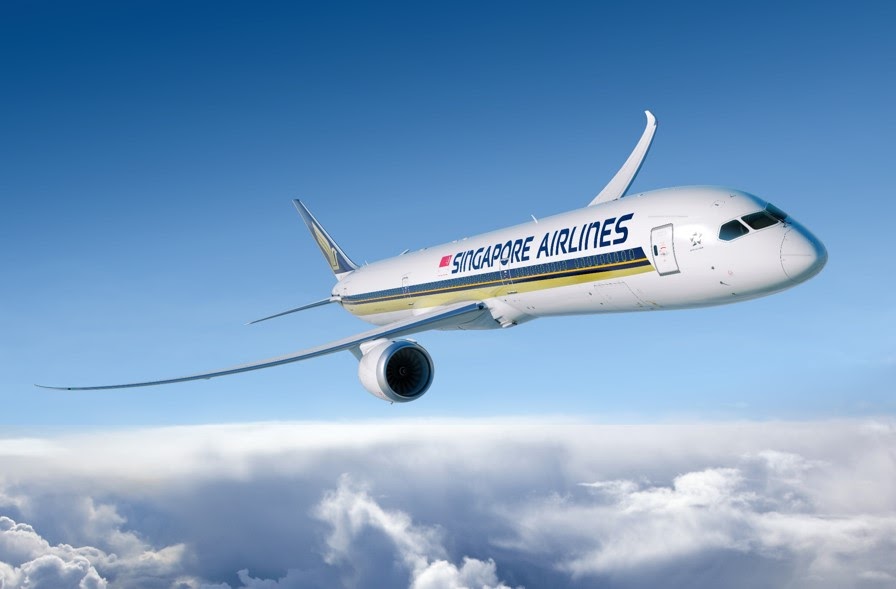
In 2021, Singapore Airlines introduced a new sonic identity across every brand touchpoint on planes, airport lounges, and even on Spotify. In addition, Singapore Airlines collaborated with a sonic branding agency to create a 30-minute audio suite.
The result: a recognisable and immersive sound that complements the visual look to its sonic branding. Considering the experience of the air traveller and all the places in which sound can impact the journey, their sonic identity supports the brand while keeping the traveller at its core.
Sonic branding tips
When creating your sonic identity, consider the following tips.
The first. Don't complicate things. You won't be able to stick in the minds of prospective customers if you use too many notes or complicated sounds.
The second. Give it a memorable feel. Have you ever noticed how some tunes stick in your head? (Looking at your "Baby Shark"). Those constantly repetitive sounds, known as earworms, can pop into our minds randomly or be triggered by specific associations, emotions, or experiences.
The third point. Make use of original sounds. Avoid using sounds that may be linked and have other associations. Additionally, conduct a quick sonic brand audit. You should ensure that there aren't specific sounds that have different meanings for Gen Z or Baby Boomers or may trigger the opposite response.
The fourth step. Make your brand stand out. Check out your competitors' success and how you can differentiate your brand from theirs.
Fifth. Make appropriate sounds for relevant social media platforms. Be sure to follow each platform's requirements to sound your best and reach your audience as effectively as possible. TikTok, for example, relies heavily on sound to create a memorable experience. You can accomplish this by using trending sounds, creating your own sound, or even specific songs. Remember when Ocean Spray went viral on TikTok in 2020 and Nathan Apodaca gave the brand a significant boost? "Dreams" by Fleetwood Mac was also exposed to a whole new generation.
Sonic branding tips
The sixth. Take into account the context of the sound. Consider the entire sound, how it begins, ends, and relates to the product or behaviour. Develop the sound first and foremost around that product interaction, and then build an audio branding landscape around it. It is imperative that the sound, and all the branding work well with the core messaging. Whether it's a click, tone, swipe or beep, every sound is part of the experience that tells the story.
The seventh. You don't have to be afraid to play. Your creative process doesn't need to be short and snappy just because your sonic moment is short and snappy.
A soundtrack often begins with a single moment of sound and grows from there. We can use three to five sounds as interstitial moments throughout the audio experience. Authentic musical brand signatures are designed by each sound being unique yet connected."
The eighth step. Don't limit yourself to the radio dial. What do you think of Chiquita Bananas? Do you remember the original tune from the 1940s commercial? Even though consumers don't listen to the radio or watch TV as they did in the mid-century, they do listen to Spotify, Apple music etc. So, Chiquita Bananas found a way to bring this tune in 2020 by introducing QR codes onto their famous blue banana stickers. Customers were able subscribe to playlists featuring five remixed versions of the original jingle. Its important to think about how your sonic identity can engage with new and old customers.
How Sonic Branding Can Make Your Brand Speak Volumes


